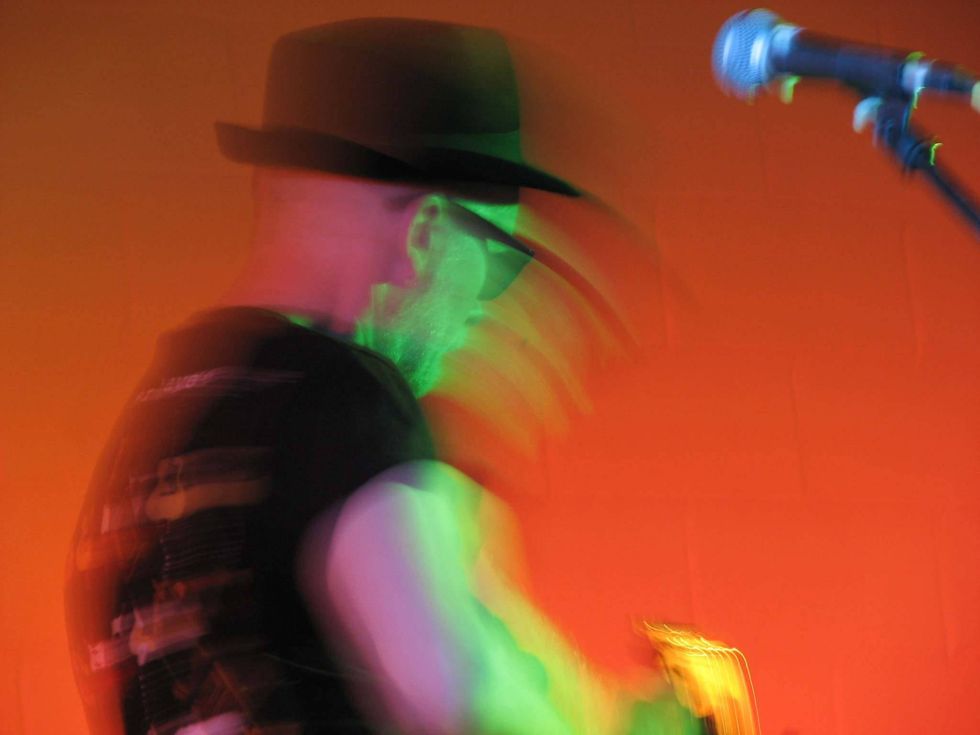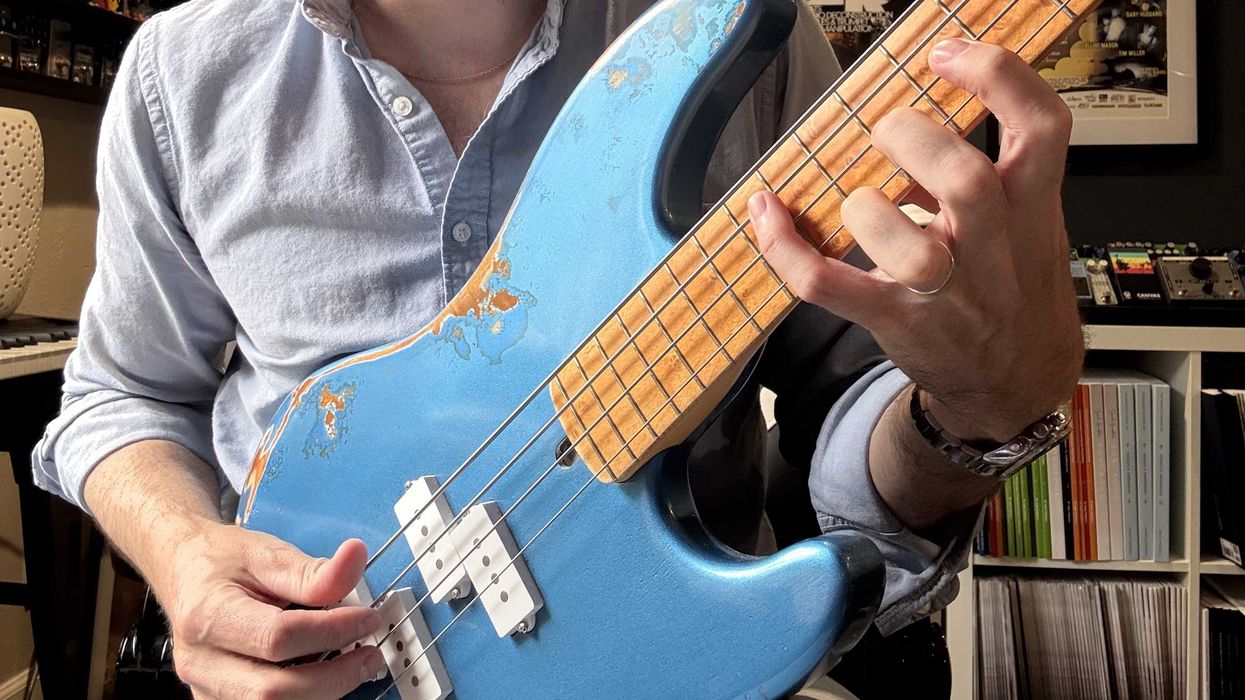We’re always searching for that perfect partner: a guitar that sits upon the highest pedestal in our collection. As always, tone is a factor, but it may come down to something that we can’t exactly define, so we call it feel. It’s an indescribable and sometimes unquantifiable thing that makes an axe a “number one.” In reality, feel is composed of a myriad of physical parameters that all come together to create the character of your guitar, and that is quantifiable.
Body shape and weight aside, we’re really talking about a few specific design features that influence the way you interact with your guitar. Some are the obvious ones that everyone talks about, like fret size and action height. Those are surely the easiest to notice when you lay your hands on a guitar, but they’re far from the only things that contribute to feel. Following are some of the most important things that play a part in how you perceive any given guitar.
Neck dimensions. The width and taper of the fretboard have a lot to do with how comfortable your fretting hand feels. Wider necks allow your fingertips to touch one string at a time more easily, but also require your hand to stretch more. The other measurement is thickness. The fat-versus-thin neck debate mostly revolves around tone, but it’s also about comfort. A thicker neck puts your hand into a more open, and therefore less stressful, position. Try picking up a slim book and holding it vertically for a minute, and you’ll be surprised how much strain it creates compared to a thicker one.
Fretboard radius. One of the most overlooked factors is how curved the fretboard—and therefore the frets—are. Radius is measured in inches: the larger the number, the flatter the fretboard. Vintage Fenders have a tight radius of 7.25", with more modern ones at about 9.5". Jackson guitars are flatter with a 16" radius. Most other brands (notably Gibson) lie somewhere in the middle at around 12". There are also compound-radius instruments that get flatter towards the higher frets. This is presumably a best-of-both-worlds compromise.
Scale length. This refers to the measurement between the nut and the bridge. To tune to standard pitch, a longer string must be pulled tighter, and that’s something you definitely feel. It also changes the timbre of the notes, but that’s a story for another day.
Bridge height. This is the most obvious adjustment on most electric guitars and basses. Raising or lowering the bridge changes the height, but also the angle, of the strings as they slope downward toward the frets at the nut end of the fretboard. Don’t be fooled into thinking this is a standalone adjustment.
String nut height. Not quite as obvious as the bridge adjustment, the height of the strings at the nut end of the fretboard has a lot to do with the way your guitar feels. The depth of the nut slots is what determines the height, and a set of graduated nut files is what you need to adjust them.
Neck relief. This is the amount of bow (forward/backward) in the neck, as controlled by the guitar’s truss rod. Although a perfectly straight neck can be achieved, most players enjoy a little bit of forward bow in their setups. This also helps accommodate the string excursion in the middle of the string. Think of a vibrating string like a jump rope.
Action. This is a catchall term that is controlled by the last three things we’ve looked at, and understanding the interaction between them will help you avoid chasing your tail. First, set the relief to around zero—perfectly straight. Then get the string (bridge) height in the ballpark: around 4-5/64" at the 12th fret. Then you can take a look at the height of the strings at the nut. Typically, an electric feels pretty good with about a .012"-.018" gap above the first fret. It’s important to lower this incrementally because you are removing material. And make certain it’s the underside of the string you are measuring.
At this point, you can play the instrument and observe where the action feels better. If pressing the strings down to the frets near the nut feels okay, you can try lowering the bridge a little until you achieve a balance from one end of the fretboard to the other. If the strings buzz on the frets in the middle of the neck, you can introduce a little bit of forward bow by loosening the truss rod 1/8 of a turn at a time. It’s worth noting that sometimes when pickups are too close to the strings (particularly ones with pole-piece magnets), they can create some fret buzz by disrupting the way the strings vibrate.
Tip: A useful exercise is to observe the specs on a similar guitar that you think plays well. Of course, not every instrument can be set up exactly the same, but at least you’ll have a starting point.
















